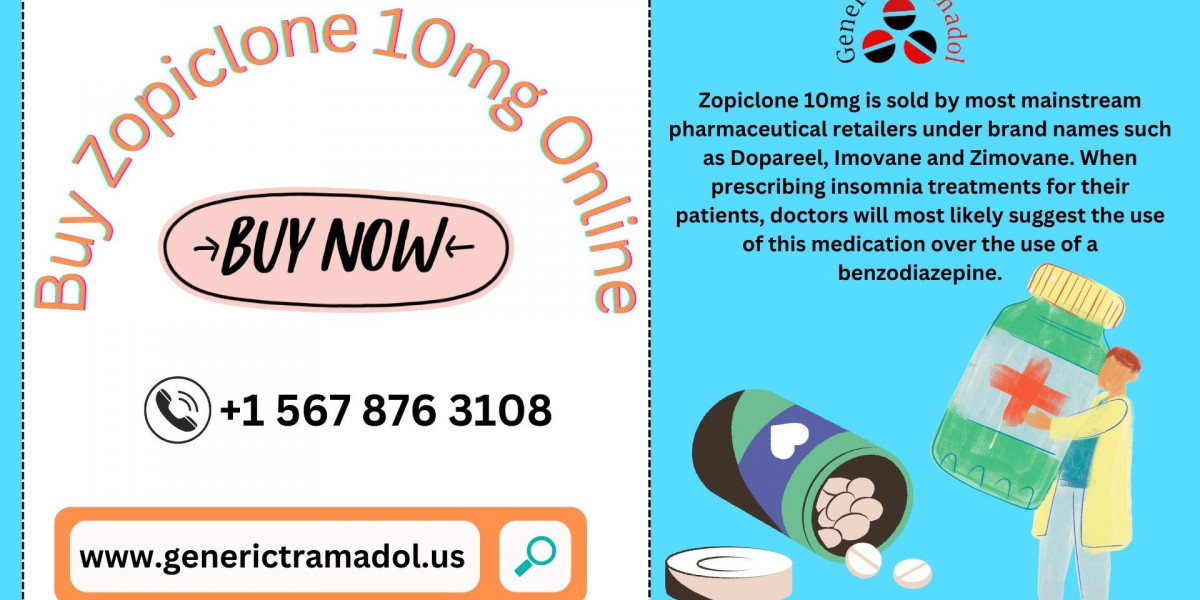Introduction
In 2025, Amazon is more competitive than ever. With millions of sellers battling for customer attention, relying on guesswork isn’t enough. Brands need smart, data-backed strategies to stand out. That’s where Amazon Marketing Services (AMS) come in. These tools are essential for creating visibility, increasing conversions, and dominating the digital marketplace. In this guide, we’ll explore five highly effective, data-driven Amazon Marketing Services that deliver real results—especially when paired with Pay Per Click Marketing strategies.
1. Sponsored Products: Precision with Pay Per Click Marketing
Sponsored Products are one of the most powerful Amazon Marketing Services. These Pay Per Click (PPC) ads appear in search results and on product pages, helping you reach customers who are ready to buy.
Why it works:
- You only pay when someone clicks your ad (PPC model).
- You can target keywords, ASINs, or categories.
- Campaigns are easy to scale based on performance.
Data Tip: Use Amazon’s reports to analyze which keywords and ads bring the highest ROI. Pause low performers and reinvest in top converters.
Best Practices:
- Start with automatic targeting to gather data.
- Switch to manual campaigns to fine-tune your strategy.
- Use negative keywords to eliminate irrelevant clicks.
2. Sponsored Brands: Build Brand Awareness at Scale Formerly known as Headline Search Ads, Sponsored Brands are great for showcasing multiple products at once and increasing brand visibility.
Why it works:
- Perfect for building long-term brand recognition.
- High CTR due to strong visual presence.
- Great for driving traffic to your Amazon Store.
Data Tip: Use A/B testing with different headlines and creatives. Monitor CTR, impressions, and video view rates.
Best Practices:
- Highlight your top-performing products.
- Use compelling visuals and a strong brand message.
- Drive traffic to your curated Amazon Store for a smoother shopping experience.
3. Amazon DSP (Demand-Side Platform): Retarget and Expand Amazon DSP allows advertisers to programmatically buy display, video, and audio ads both on and off Amazon. This service is ideal for retargeting past shoppers and expanding your reach.
Why it works:
- Re-engages customers who viewed your product but didn’t buy.
- Reaches new audiences outside Amazon.
- Offers precise audience segmentation based on shopping behavior.
Data Tip: Track the entire buyer journey using Amazon Attribution to understand how your DSP ads impact conversions.
Best Practices:
- Segment audiences by behavior (product viewers, cart abandoners).
- Use high-quality creatives.
- Layer in demographic targeting for better precision.
4. A+ Content (Enhanced Brand Content): Educate and Convert A+ Content enables brand-registered sellers to customize product descriptions with rich media like comparison charts, high-res images, and FAQs.
Why it works:
- Increases buyer confidence.
- Improves conversion rates by 3–10% on average.
- Helps products stand out from competitors.
Data Tip: Compare ASINs with and without A+ Content to measure the conversion impact. Use analytics to optimize layout and content placement.
Best Practices:
- Focus on benefits over features.
- Include a brand story or usage tips.
- Use comparison tables to upsell or cross-sell products.
5. Amazon Storefront: Centralize Your Brand Experience Your Amazon Store is a branded multi-page storefront where you can showcase your full product catalog, campaigns, and brand story.
Why it works:
- Creates a cohesive, distraction-free shopping experience.
- Drives brand loyalty and repeat customers.
- Offers powerful insights via Store Insights analytics.
Data Tip: Monitor traffic sources, dwell time, and conversion rate using Store Insights to improve navigation and layout.
Best Practices:
- Feature your best-selling and seasonal products.
- Use video headers and lifestyle images.
- Organize products into logical categories.
How Pay Per Click Marketing Complements AMS While Amazon Marketing Services provide a wide array of tools, Pay Per Click Marketing (especially Sponsored Products and Sponsored Brands) is the engine that drives visibility and conversions. PPC ensures you reach the right audience at the right time, while AMS tools help convert and retain them.
When PPC and AMS work in tandem:
- Your brand appears more frequently in key customer touchpoints.
- You get detailed insights that allow for ongoing optimization.
- Your campaigns become more efficient and cost-effective.
Bonus Tip: Use Amazon Attribution to Track External Traffic If you're driving traffic from Google Ads, Facebook, or email campaigns, Amazon Attribution lets you measure their performance on Amazon. Combine that with PPC and AMS data to get a 360-degree view of your customer journey.
Conclusion
Elevate Your Amazon Strategy in 2025 Amazon Marketing Services have evolved into essential tools for scaling your business. By integrating data-driven techniques and leveraging Pay Per Click Marketing, you can increase product visibility, lower ACoS, and boost sales. From Sponsored Products to Storefronts, each of these services plays a vital role in the growth journey.
In 2025, it's not just about being on Amazon—it's about being smart on Amazon. Invest in these strategies, monitor your data, and stay ahead of the competition.
Ready to grow your Amazon store? Partner with SEOage Digital to implement high-performance AMS and PPC strategies tailored to your goals.






